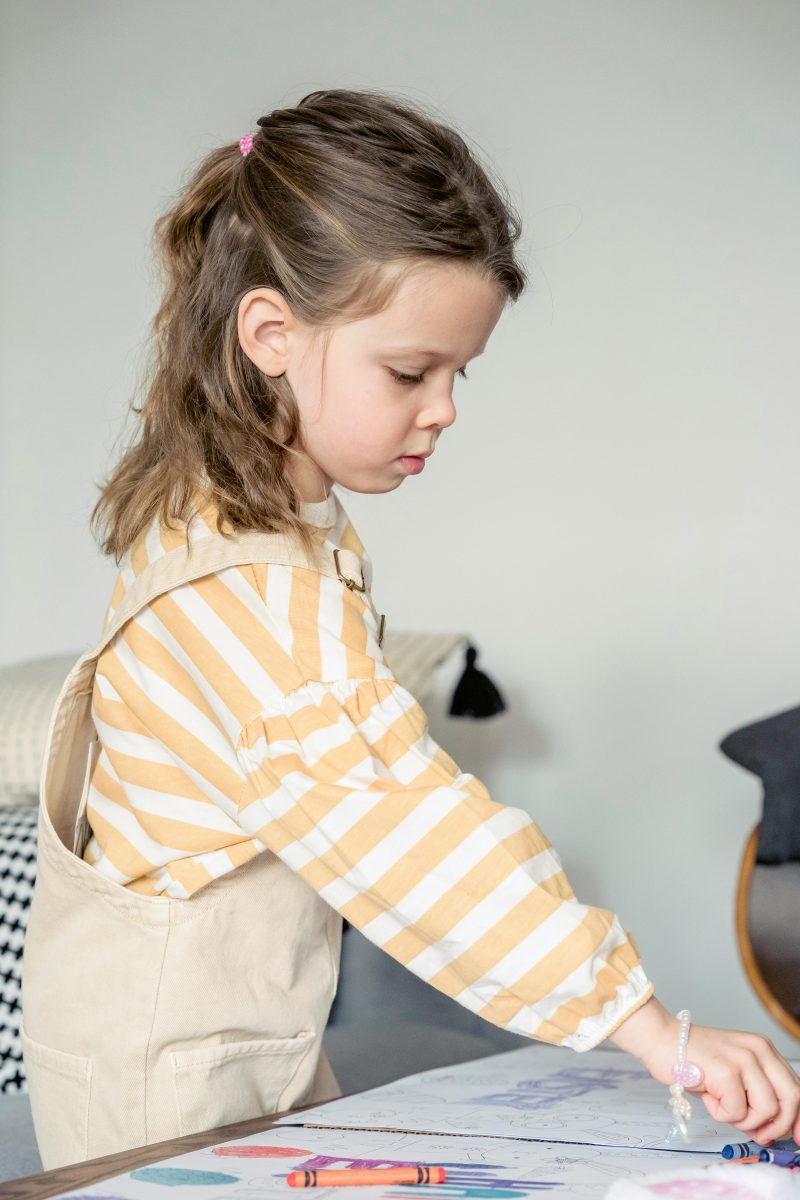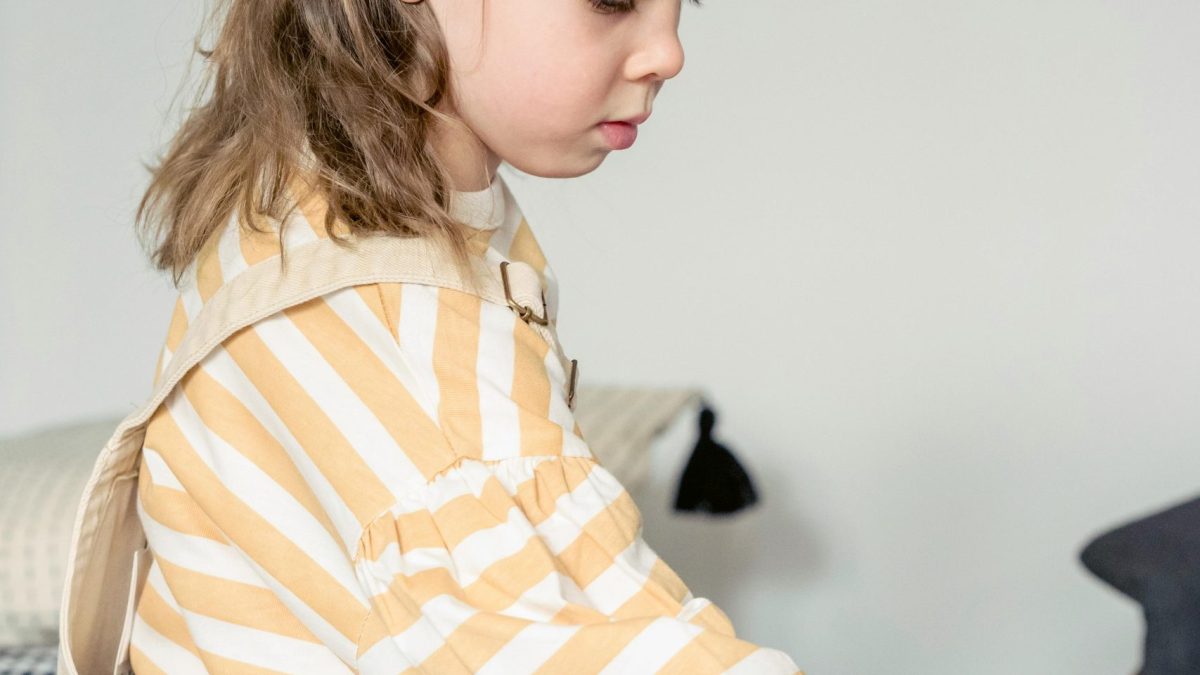An Introduction to Childhood Bilingualism

In our increasingly interconnected world, being able to communicate fluently in two languages is known as bilingualism. Bilingualism is becoming more and more common in today’s global society as children grow up in settings where multiple languages are spoken, both in Australia and abroad. Early bilingualism has numerous advantages, including cognitive, social, and educational advantages. Cognitively, bilingual kids frequently perform better than their monolingual peers on tasks that call for creativity, multitasking, and problem-solving. Socially, they easily traverse a variety of cultural contexts, encouraging empathy and world awareness. Early bilingualism provides a strong basis for learning other languages, which opens up a world of educational opportunities. Adopting bilingualism from an early age enhances personal growth and equips young brains for the challenges of the global arena.
Improved Executive Performance
- Excellent attention to detail
- Improved ability to solve problems
- Excellent ability to transition between tasks with ease
These young brains are better able to concentrate on pertinent information and block out distractions because of their dual language proficiency. Their skill set makes them agile thinkers in a fast-paced world, which helps them both in the classroom and in daily life.
Better Retention Capabilities
Speaking two languages challenges the mind in more ways than just executive functions. Additionally, bilingualism promotes better memory skills. Studies reveal that children who are bilingual possess a stronger working memory compared to their monolingual counterparts. This improved memory function contributes to information retention, which is essential for both lifetime learning and academic success. The capacity to retain and apply knowledge is essential for intricate cognitive functions and problem-solving, positioning bilingual kids for success in school and the workplace.
Delay in Dementia onset
Delaying the onset of dementia and other age-related cognitive declines is potentially one of bilingualism’s most compelling long-term benefits. Research indicates that bilinguals may have a more resilient cognitive system because of the mental flexibility needed to switch between languages and the ongoing engagement of the brain’s executive functions. This resilience may result in a notable delay in the onset of cognitive decline symptoms, providing bilinguals with an age-related linguistic advantage in addition to a significant health benefit.
Thus, embracing bilingualism from an early age provides a variety of cognitive benefits that go well beyond dual language proficiency. Early bilingualism has many cognitive benefits, from improved memory and problem-solving abilities to a possible defense against age-related cognitive decline. These advantages should not be overlooked by parents or educators. Childhood bilingualism creates a strong foundation for lifelong benefits in a world where cognitive agility and adaptability are critical.
The Social and Emotional Advantages of Childhood Bilingualism

Enhanced Communication and Empathy Skills
The development of heightened empathy and communication skills is one of the most significant social advantages of bilingualism. Early exposure to two languages helps children develop a multifaceted perspective on the world. Children who are bilingual are better able to interpret social cues and react to them appropriately because of this unique perspective, which cultivates a deep understanding of diverse points of view. Their ability to effectively and clearly express ideas and emotions is further enhanced by their frequent language practice. This ability will come in very handy in future work settings where effective communication is essential, as well as in interpersonal relationships.
Cultural Sensitivity and Awareness
Being bilingual allows one to access a diverse range of cultural experiences. Early language exposure instills a natural curiosity and respect for cultures other than their own in young children. The foundation of social inclusion and global citizenship is this understanding of cultural differences. Bilingual kids grow into more sensitive and sympathetic people by appreciating and comprehending the traditions, beliefs, and practices of others. They are more suited to function in and make a positive impact on a multicultural society, encouraging peace and mutual respect amongst disparate groups. It is impossible to exaggerate the importance of bilingualism in promoting this kind of awareness; it is an effective means of creating a society that is more inclusive.
Early bilingual education has enormous advantages that go well beyond cognitive functions and directly impact our social and emotional health. Bilingualism prepares kids for a life full of meaningful connections and global understanding, in addition to academic success, by fostering empathy, communication skills, and cultural awareness. These abilities are more important than ever in an increasingly interconnected world, which makes the case for bilingual education strong and unambiguous.
Difficulties and Things to Take Into Account When Raising Bilingual Kids

Dispelling Often Held Myths
The idea that bilingualism leads to confusion or delays in language development is a common misconception. Research disproves this notion, demonstrating that bilingual kids frequently comprehend language concepts and structures more fully. They dispel the myth of confusion by being able to tell the difference between the two languages at a young age. Furthermore, being bilingual fosters cognitive flexibility, which advances creativity and problem-solving abilities rather than impeding language development.
Achievement Strategies
Consistency is essential for parents and educators who want to encourage bilingual development. A child’s linguistic environment is enhanced when they are consistently exposed to both languages, whether through reading, conversation, or multimedia activities. Activities that combine the two languages promote a seamless and pleasurable learning process. Furthermore, promoting the use of both languages in diverse contexts highlights their usefulness and practical significance, inspiring kids to continue learning and using them.
Making the connection between language acquisition and cultural experiences is another successful tactic. This develops a deeper understanding and appreciation of the cultures that underpin the languages in addition to improving language proficiency. Children can find the bilingual journey meaningful and enriching when they celebrate cultural traditions, take in music, and read literature in both languages.
Finally, a parent’s or teacher’s tolerance and support are critical to a child’s bilingual development. Each child develops at their own rate, and confidence in one’s language skills is fostered by providing positive reinforcement. Acknowledging and commemorating minor achievements maintains the educational journey pleasurable and fulfilling.
Although raising bilingual children presents a unique set of challenges, the process can be immensely fulfilling if approached and thought through carefully. Children can benefit from bilingualism for the rest of their lives if parents and educators dispel common myths and implement practical tactics.
Results and Recommendations

Exploring the terrain of bilingualism during childhood unveils an abundance of advantages. Intellectual acuity, social compassion, and a pass to international prospects These are but a handful of the treasures found. Being able to communicate across languages develops relationships that go beyond cultural divides and enriches the mind as well as the heart.
The message is very clear for policymakers, educators, and parents. Encourage and support bilingual environments and education. Encourage the young ones to embrace the gift of languages. It’s more than an academic advantage; it’s a tool for life, opening doors to understanding, respect, and opportunities.
Let’s make bilingualism a priority. Let’s give our children the world. Together, we can pave a path for a future where languages unite us, fostering a global community of understanding, innovation, and cooperation. The time to act is now.
Further Reading and Resources

Embarking on the journey of raising bilingual children is both exciting and challenging. To support this enriching path, a wealth of resources is available.
- Books such as “”The Bilingual Edge”” by Kendall King and Alison Mackey provide practical advice and scientific insights into the benefits of bilingualism.
- For a deeper dive into the cognitive aspects, “”Bilingual: Life and Reality”” by François Grosjean explores the intricacies of living with two languages.
- Websites like Multilingual Children’s Association offer tips, articles, and forums where parents can share experiences and strategies.
- Similarly, Bilingual Monkeys and The Bilingual Zoo provide a platform for parents to connect and exchange ideas on bilingual upbringing.
- Organizations such as the Australian Federation of Modern Language Teachers Associations (AFMLTA) and the Australian Literacy and Numeracy Foundation (ALNF) support bilingual education through resources, professional development, and advocacy.
Together, these resources form a comprehensive support system for those embarking on the bilingual journey. They not only offer practical advice but also inspire confidence in the enriching path of raising bilingual children.
In Closing
Bilingualism in childhood is a gateway to unparalleled benefits. It nurtures a resilient and joyous spirit, ready to embrace the world’s diversity. Through the harmonious blend of cognitive enhancement and cultural empathy, bilingual children are poised for a future rich in opportunities and connections. Let us champion the cause of bilingual education, for in the mastery of languages lies the promise of a more inclusive and understanding world.
The Benefits of Bilingualism in Childhood FAQs
Learning a second language can positively affect a child’s emotional development. Bilingual children often have a greater ability to understand and express their emotions in nuanced ways, thanks to their exposure to diverse emotional concepts and expressions across languages. This emotional agility can lead to better emotional regulation and empathy.
Yes, speaking two languages can delay the onset of dementia in later life. Bilingual individuals often experience a later onset of dementia symptoms compared to monolingual individuals. This is believed to be due to the increased cognitive reserve built by managing two languages.
Being bilingual does make it easier for children to learn additional languages. Having already mastered two linguistic systems, bilingual children are better equipped to understand and learn the structures of new languages. This ability is known as the “transfer effect,” where skills from one language aid in learning another.
Bilingualism does improve social skills in children. By navigating between two languages, bilingual children become more adept at reading social cues and adjusting their communication accordingly. This heightened social awareness facilitates better interactions and relationships with others.
Yes, learning a second language in childhood can enhance cognitive abilities. Bilingual children often show greater problem-solving skills and creativity. They also tend to have better focus and multitasking capabilities compared to monolingual peers.
Bilingualism positively influences a child’s academic performance. Studies have shown that bilingual children can outperform monolingual children in various academic areas, including reading and math. This is attributed to their enhanced ability to concentrate and their superior problem-solving skills.
Bilingualism enriches a child’s cultural identity and awareness. By being exposed to and engaging with two cultures, bilingual children develop a more inclusive worldview and greater empathy towards others. This multicultural exposure fosters a sense of belonging to a global community.
The ideal age for children to start learning a second language is during early childhood. This period is considered critical for language acquisition due to the brain’s heightened plasticity, allowing for easier and more natural language learning. However, children can successfully learn new languages at any age.
The long-term educational benefits of being bilingual from childhood include enhanced academic achievement and greater opportunities for higher education and employment. Bilingual individuals often have access to a broader range of educational and career opportunities, thanks to their language skills and cultural competencies. This advantage can lead to more diverse and fulfilling educational and career paths.
Learning a second language does not interfere with a child’s ability to master their first language. In fact, bilingual children often show a deeper understanding of language structure and vocabulary in both languages. This dual-language development can enhance linguistic sensitivity and proficiency overall.

